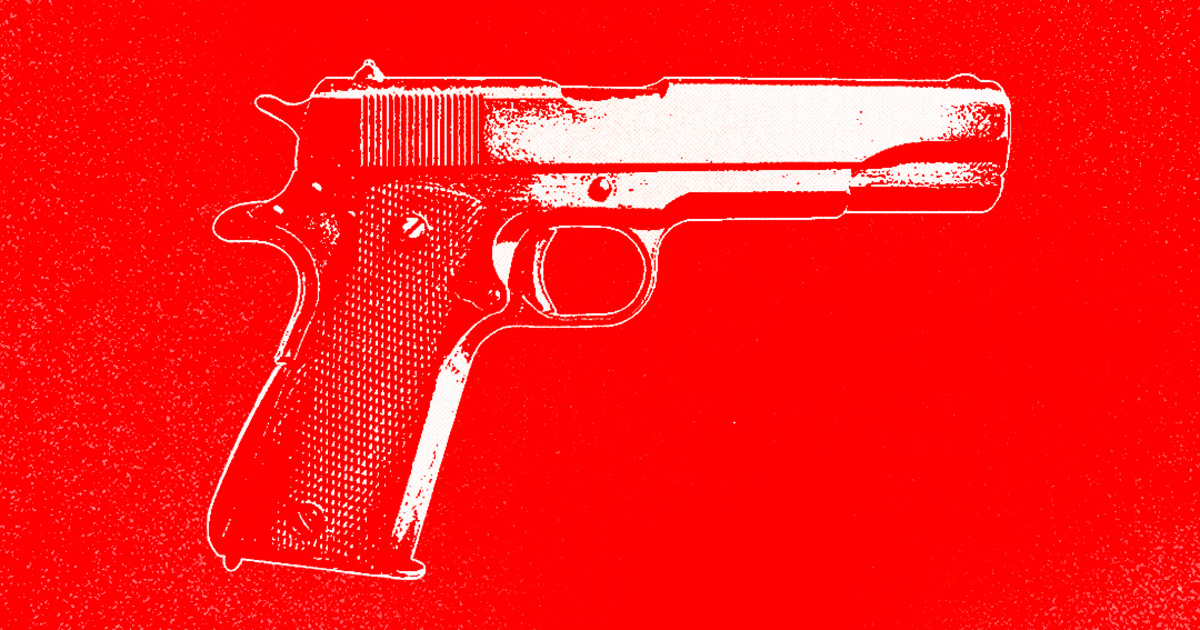Check out the key to avoiding injury at the gym or while exercising 0:44
(CNN) --
Whenever a head injury, cardiac arrest or other serious injury occurs among professional athletes, parents take a deep breath.
"That jock is someone's son. Could it be my son?"
Cardiac events during sports are rare in anyone, says Dr. Stuart Berger, division chief of cardiology at Northwestern University Feinberg School of Medicine.
Although they can also occur in children and adolescents, these injuries can occur whether you play sports or not.
Some sports are riskier than others, but staying active is important for kids, experts say.
Credit: roveb/iStockphoto/Getty Images
While many children can be injured on the courts, the numbers are mostly declining, and sport is important for their physical and mental health, doctors say.
Experts explain how to prevent and treat sports injuries in children.
advertising
How many children are injured playing sports?
Overall injuries due to youth participation in football show a dramatic decline since 2013, plateaued in 2020 and rebounded in 2021, according to the most recent figures from the US Consumer Product Safety Commission.
According to the Commission, more than a million children between the ages of 5 and 14 were injured while practicing a sport and had to go to the emergency room.
In addition to sports such as basketball, soccer and football, the agency also reported significant injuries from items such as playground equipment and skateboards.
Kids ages 5-14 were the most likely to be injured in football in 2021: There were 110,171 injuries to kids ages 5-14 in 2021, versus 92,802 to youth and young adults ages 15-24.
Soccer and basketball were also high-risk sports for childhood injuries, with 59,000 and 79,207 injuries, respectively.
The sports with the highest rates of head injury were: men's football, with 10.4 concussions per 10,000 athletes exposed;
women's soccer, with 8.19 per 10,000 athletes exposed;
and men's ice hockey, with 7.69 per 10,000 athletes exposed, according to a 2019 study.
High-contact sports like hockey, football, lacrosse, and martial arts may have a higher risk of serious injuries like head injuries, but even seemingly safer sports like swimming and track and field pose some risk of overuse injuries.
And all of them can be made safer with the right strategy, says Dr. Erin Grieb, a primary care pediatric sports medicine physician at Stanford Medicine's Center for Children's Sports and Orthopedic Medicine.
This is what you should do if your child plays a sport.
What must be considered
When it comes to cardiac events, detection is crucial, Berger said.
Children can usually play sports and exercise without worrying about cardiac events, but in all types of sports it's important to do a physical with family history to identify those who might be at risk, he added.
What to do if someone is suffering from cardiac arrest?
"The concern is that there may be someone with an underlying cardiac abnormality," Berger said. "The scan is designed to bring that out so that we can identify, if possible, who those children are."
Head injuries are another major concern for families when it comes to letting their children play sports.
According to Dr. Andrew Peterson, clinical professor of pediatrics and director of primary care sports medicine at the University of Iowa, the majority of brain injuries in children are related to youth sports.
The good news is that there is no strong evidence that a handful of childhood head injuries are associated with long-term impacts in adulthood, he added.
But it is very important to avoid re-injuring your head before the brain injury is fully healed.
"What worries us the most are these second impacts where people have a head injury on top of other brain trauma," Peterson said.
Coaches, referees and families need to learn how to spot a head injury to ensure their young athlete receives the proper care, Grieb said.
Signs and symptoms can be physical, such as headaches or sensitivity to light;
mental, with confusion or difficulty paying attention;
emotional, sadness and anxiety;
or related to sleep, she added.
It's important to remember that head injuries can present in many ways, and just because you have certain symptoms in one injury of this type doesn't mean you'll have the same symptoms in the next one, Grieb said.
Proper techniques, well-fitting gear and compliance with regulations are important for safety, Grieb said.
Credit: monkeybusinessimages/iStockphoto/Getty Images
Prevention and response
To keep children safe in sport, it is important to focus on both prevention and response.
According to Grieb, even in high-risk, high-contact sports there has been a cultural shift to focus rules and regulations more on player protection and injury prevention.
Learning proper technique and wearing well-fitting equipment can help reduce the risk of serious injury in sports like football, hockey, and lacrosse.
In almost all sports, kids need to have plenty of rest time during the week and throughout the year to avoid overuse injuries, he added.
How to reduce brain injuries in American football?
Check out this studio 1:53
In the case of head injuries, it is important that young athletes take the time and proper steps to recover before returning to play their sport, Grieb said.
"If you break a bone, I can put you in a cast and not let you use that arm. If you have a head injury, I can't put a cast on your head," he explains.
"You have only one brain, so it's very important that we let your brain heal."
In response to a cardiac event, everyone, whether a player, coach or spectator, should be familiar with CPR, or cardiopulmonary resuscitation, and the use of a defibrillator, Berger said.
"You have to be prepared to intervene, because that is what saves lives," he added.
Why kids should keep playing
According to Berger, the message shouldn't be that kids shouldn't play sports.
You may need to talk with your son about which sports he wants to play, along with the risks and precautions your family will take, Grieb said, but it doesn't have to be all or nothing.
Sports and other physical activities for children are important for building good habits that keep them moving throughout their lives, Peterson said.
And regular movement is part of safe and healthy growth, she added.
But sport also provides our children with leadership skills, life lessons and fun, Grieb said.
"If you focus on using the proper techniques, you focus on following the rules of the game, and you have coaches and referees who are also dedicated to that, I think especially risky sports can be safer than in the past," he said.
sports injuries














